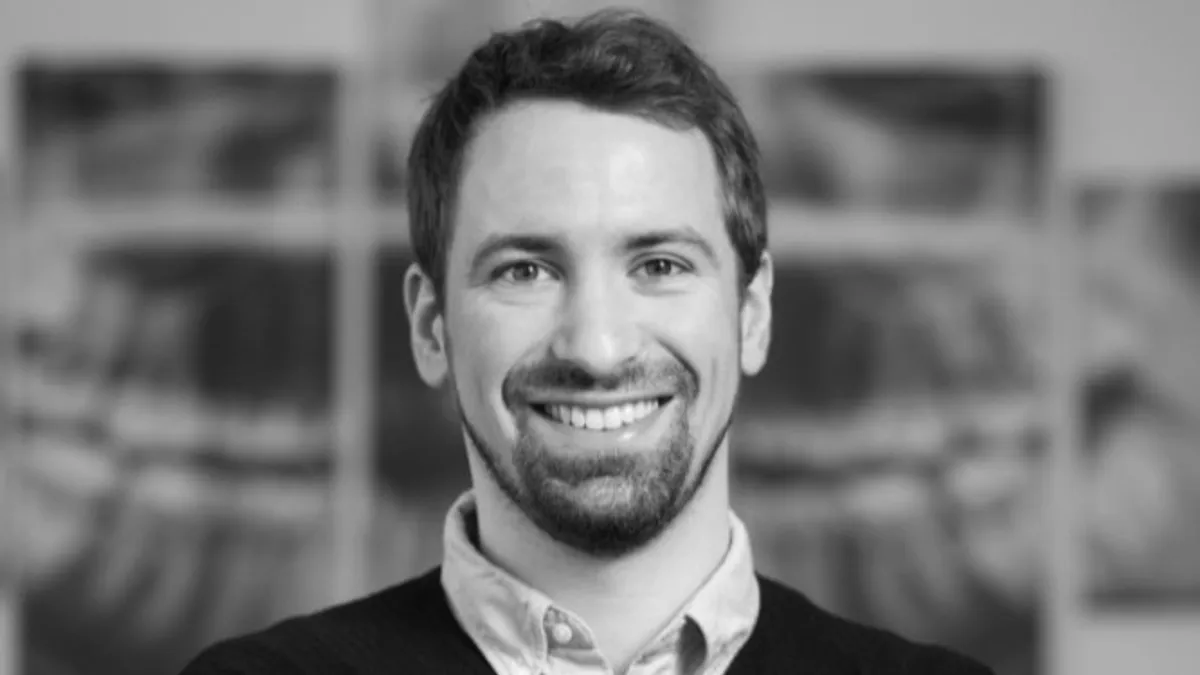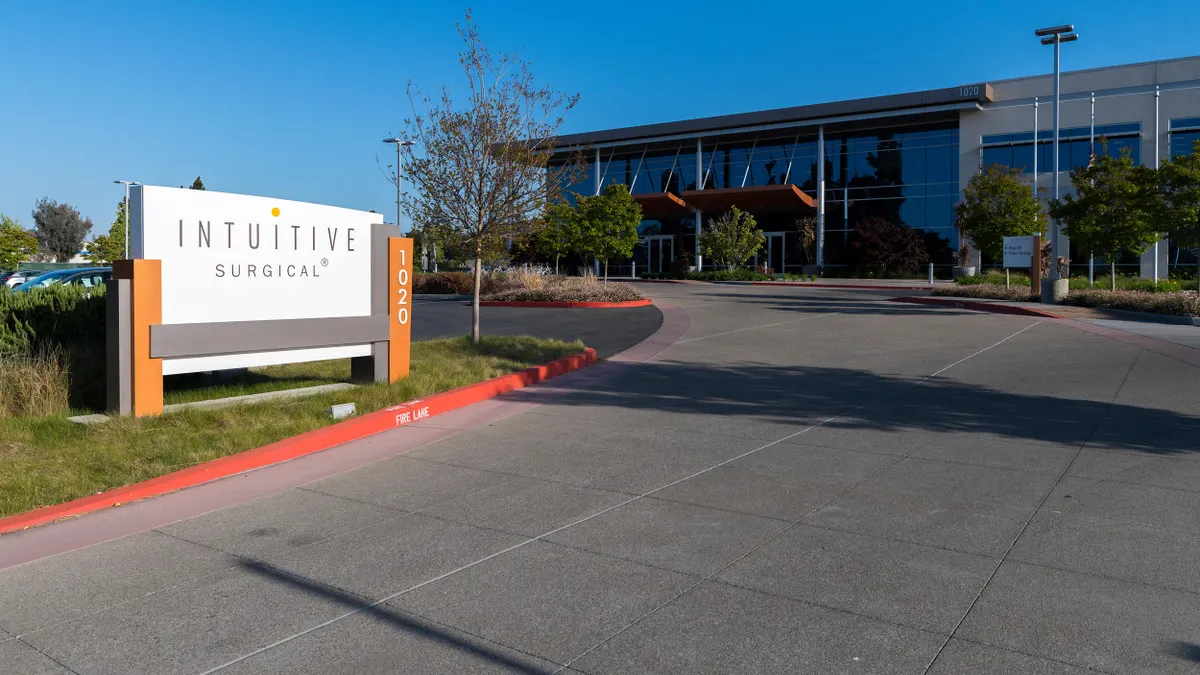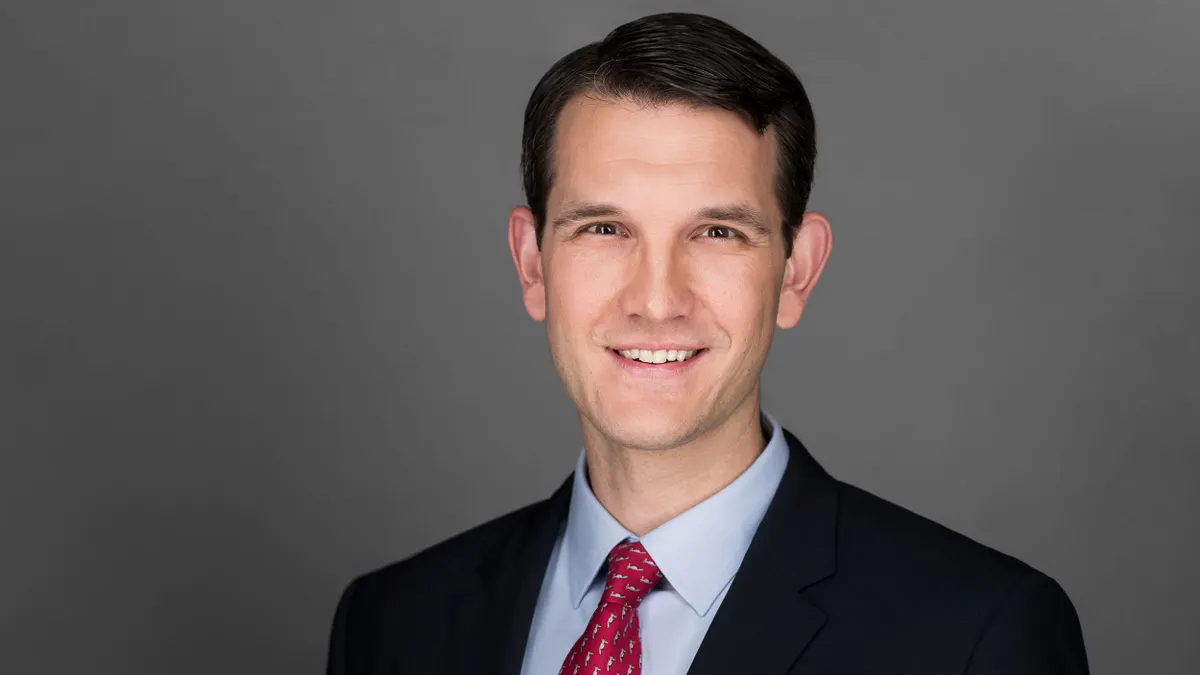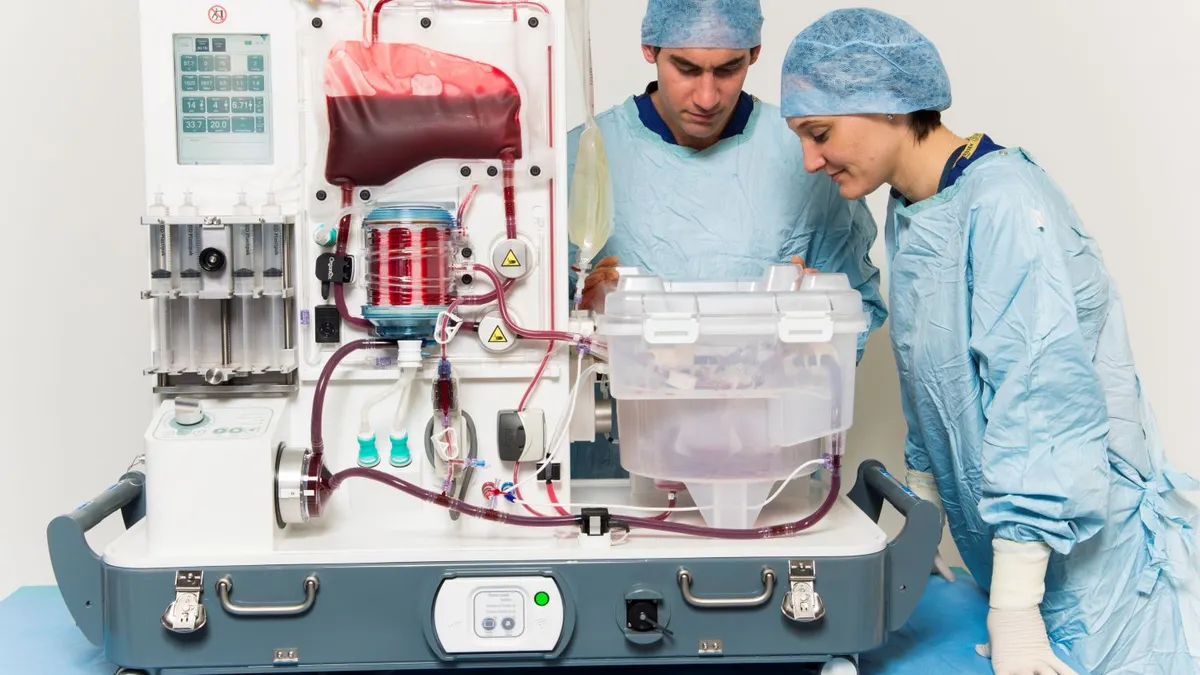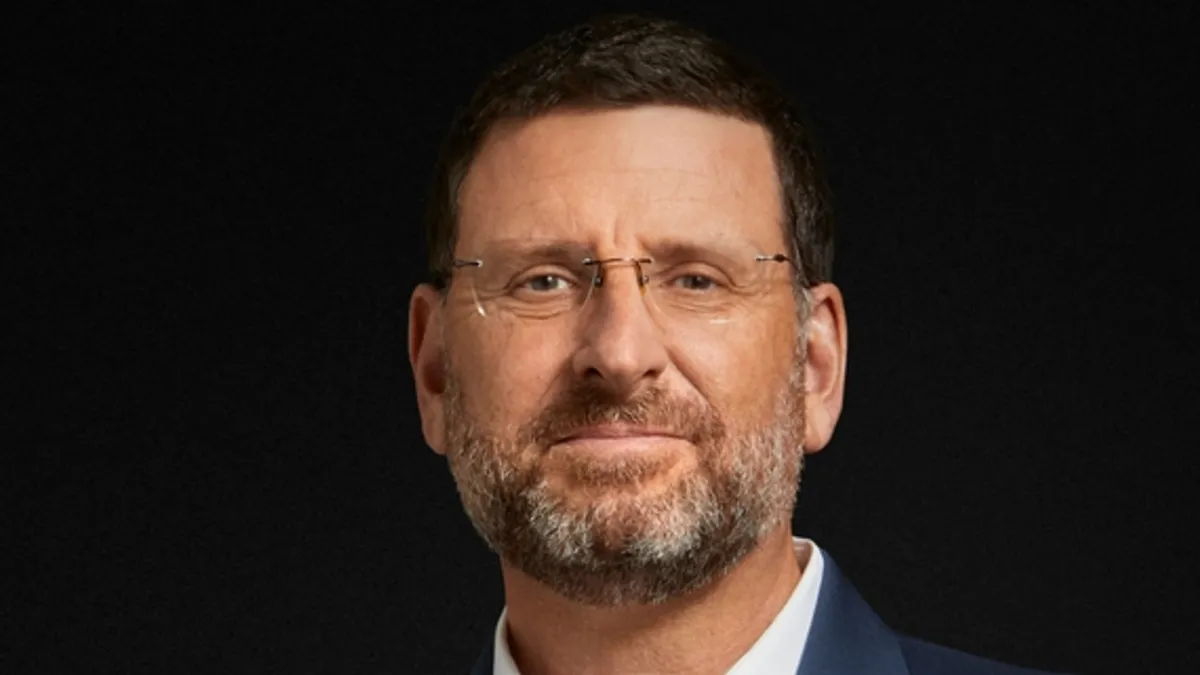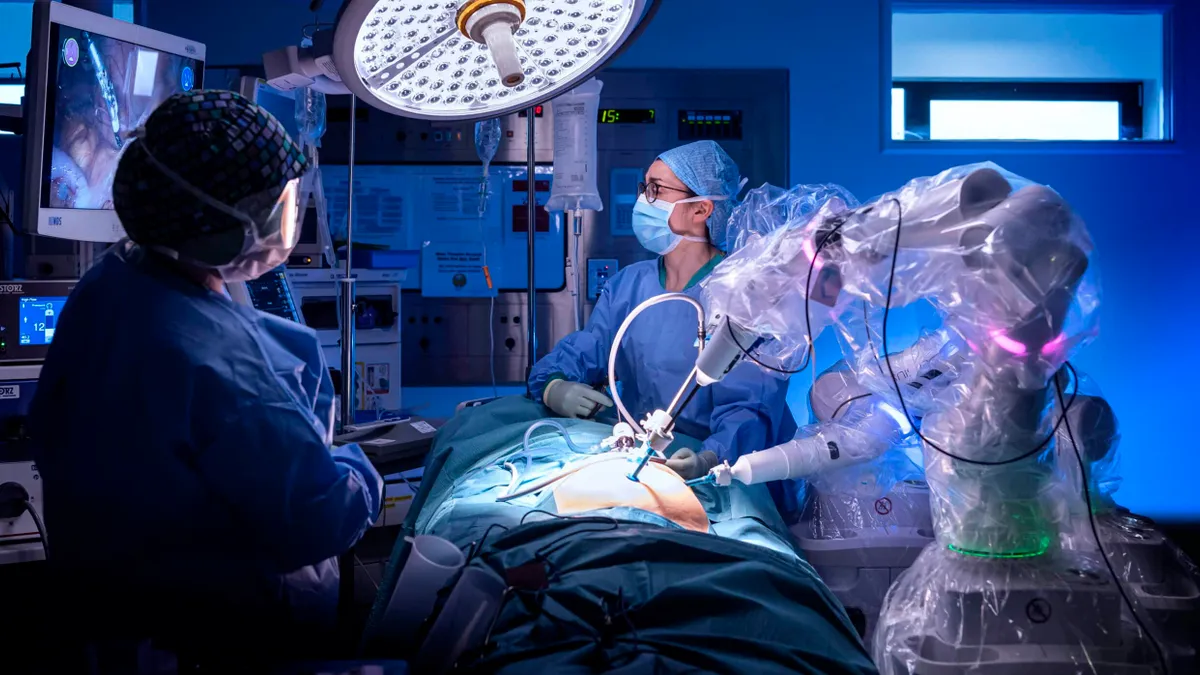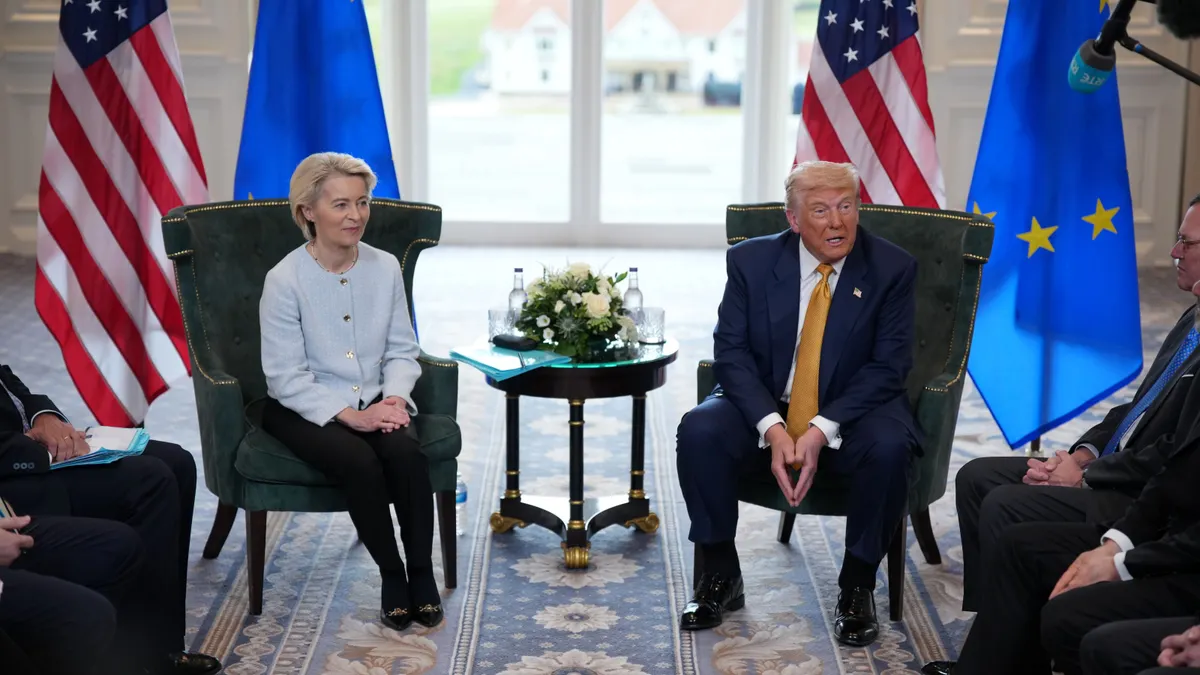Florian Hillen is a medical school dropout, artificial intelligence enthusiast, former MIT graduate student and Harvard doctoral candidate, as well as an entrepreneur. Now, he wants to look at your teeth — specifically your dental X-rays. He believes that with the application of artificial intelligence, not only will dentists catch early signs of tooth decay and gum disease, but they also will be able to detect other diseases, from arterial plaque to hypertension and diabetes. His AI firm, VideaHealth, has enrolled more than 1,000 dental practices in his AI X-ray reading program, and Hillen vows to make manual X-ray reading a thing of the past in three years. Hillen spoke to MedTech Dive about his campaign to see inside America’s mouths.
This interview was edited and condensed for length and clarity.
MEDTECH DIVE: So why the interest in teeth?
As a researcher at MIT and Harvard, I was looking at where AI and machine learning can have the biggest impact on health. A dentist actually has four jobs: a radiologist, diagnostician, primary care physician and business owner, all at the same time. They're not as specialized as, for instance, a radiologist who only does that. In dentistry, reading radiographs is not [something] they are well-trained on because they don't have a feedback loop. So what became very clear was that dentistry has one of the highest, if not the highest, diagnostic error rates across the entire healthcare spectrum. We saw by our studies that dentists on average had a 50% failure rate [in detecting cavities from X-rays].
AI can actually help with that. At VideaHealth, we've collected over 100 million data points and tens of millions of images — from hospitals, from insurance companies, from dental chains, from universities — and we trained algorithms on them. And then we submitted our algorithm for FDA clearance, which we have received. Our AI now, compared to a dentist, identifies 43% more cavities, while also reducing the error rate of misdiagnosis by 50%. This, by the way, is unheard of. If you [look] at AI in mammography, it's a much, much smaller improvement. So it's a no-brainer to adopt AI.
By the way, everyone in my company, when they go to the dentist, they ask the dentist to send the X-rays to our software, and they let it validate before they get treated, just to make sure that the [treatment] is correct.
How did you determine this could be a profitable venture?
I had a lot of discussions with business leaders in the dental industry, and thought, wow, the business [side] really wants it. Everyone profits from it, the patients get the diagnosis earlier and the treatment earlier, and the dentist makes more money earlier. It's one of the few win-win areas which I identified in healthcare. [So] I expanded out of MIT, and MIT was our first investor.
We received FDA clearance for periodontal disease, specifically our AI-powered interproximal bone level measurement tool for periodontal disease assessment. Two out of three people have periodontal disease, and we found dentists miss half the signs of periodontal disease. Our algorithm actually measures bone density and can call out who has periodontal disease or not. It’s one of the most undiagnosed diseases in the world.
Why did you decide to ally with private equity investors?
Private equity is extremely strong in dentistry, that's why I'm so excited about this. You don't have to [operate] in hospital complexes. Instead, you have private equity, and they buy hundreds, if not even thousands, of practices. And then they realize they could roll out the exact same software across all these practices, and that enables us now to deploy not one office after another, but we can deploy in 100 offices over a weekend. We have a cloud-based solution where offices can opt in. So it's quite easy.
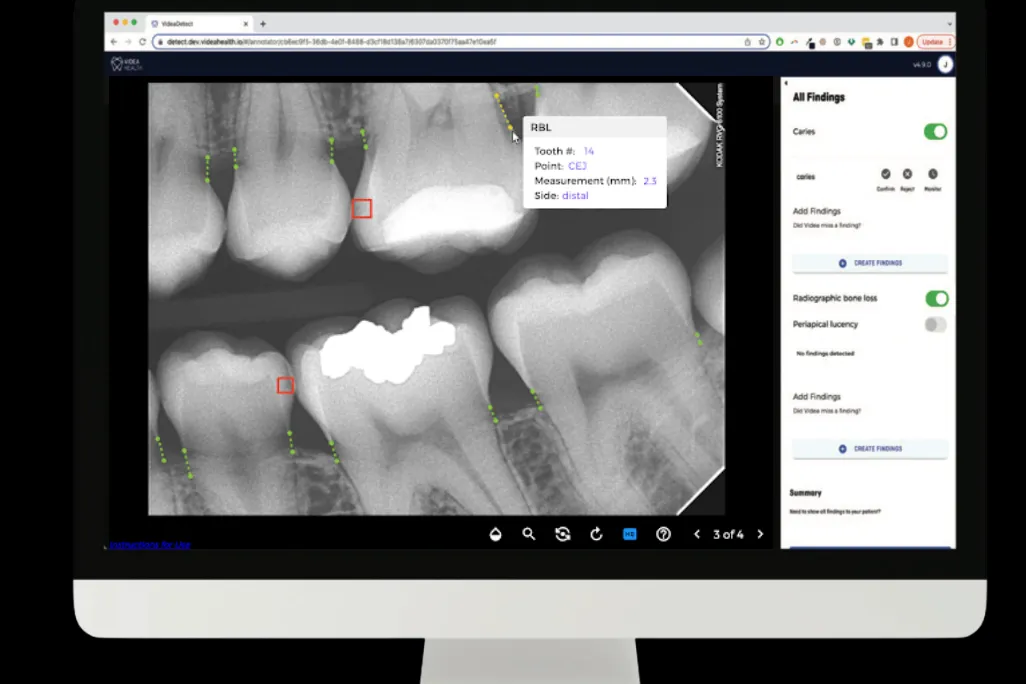
How much money have you raised?
We’ve raised over $27 million. So now we really have a lot of fuel in the tank, and we can scale this out. Our mission is to improve all health of millions of people globally, using artificial intelligence. On one side, we are continuing our R&D to identify more diseases, and on the other side we want to bring this to as many dental practices as possible so everyone can benefit from that. My goal is that in the next year, you will go to your dentist and you actually have our AI giving you a second opinion right away.
How does your AI get so intelligent?
We have assembled one of the largest and most diverse data sets in the world — every age, every gender, from every state in the country. We were very intentional about going to specific practices and asking them for their data. We gave them a free AI analysis of their dental records — that was pretty brilliant because we never pay for data. We said if you give us more data, we can give you, for free, a better analysis.
The nice thing with dentistry is it's extremely measurable. We take the images and we run the AI on it and we estimate what the treatment should be and what tooth number. Then on the other side, we get the practice management system and then we can compare and we can actually tell you how good your dentist is. We have over 100 dentists who are working to label data. And so every image we train on, it's not just labeled by one dentist, but by several dentists. So you can imagine the AI being as good as 100 dentists looking over every single image with an hour of attention. And that makes it significantly better than one dentist looking at this for 30 seconds.
So your system can serve as a virtual second opinion?
Yes. It offers you a better patient experience, because in dentistry, the patient is often not sure if they really need treatment or if the dentist just wants to make money. Our tool improves the patient experience by offering you a second opinion, right while you're in the chair. Now, they can decide together which treatment they should do and when. And that changes the entire conversation. Our goal is that there's trust between the patient and dentist again.
Can you provide details on how you sell your product and the partnership with Henry Schein?
Fewer points of entry is a lot easier to manage than having to build your own sales force. Without them, we would need people to walk into every dental office in the country. But we are a technology company, not a distribution company. There are 40 people full time in our core team. And that's mainly product and engineering, machine learning engineers, software, engineers, dentists, regulatory, quality and then customer success. There is some training to be done for the dentist to actually understand how to use the AI.
What's your ultimate goal with this as a business?
We want to improve the oral health of millions of people globally. The first step right now is to get these improved diagnostics into as many offices as possible in the United States, Canada, and eventually, globally. I want to make sure that in three years, AI becomes the standard of care, so no matter which dentist you choose, they will use AI to improve all oral health. The second goal is medical data integration, for us to not only diagnose oral diseases, but also predicting systemic diseases such as hypertension and diabetes. It’s been shown many, many times over that there is a causal link between periodontal and oral disease and diabetes. Look, from every one dollar of healthcare costs, four cents are spent on dentists. Our goal is that the four cents spent on dentistry will reduce the 96% spent on healthcare.

